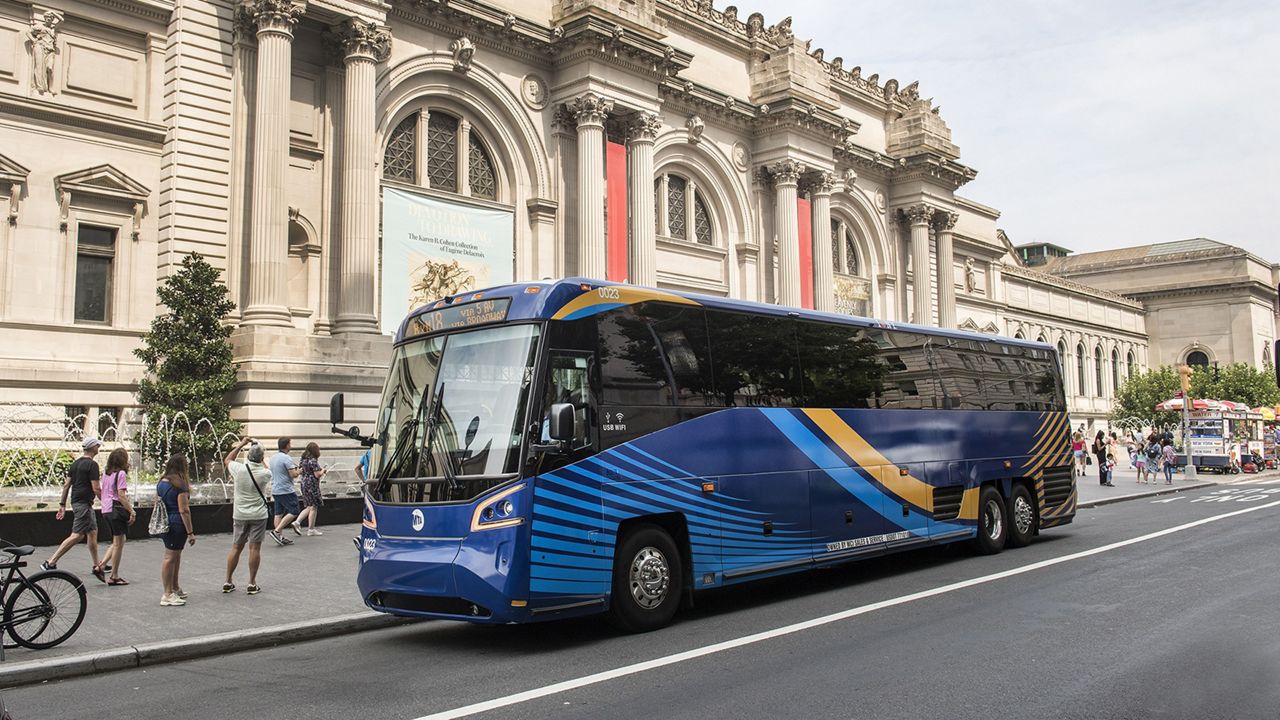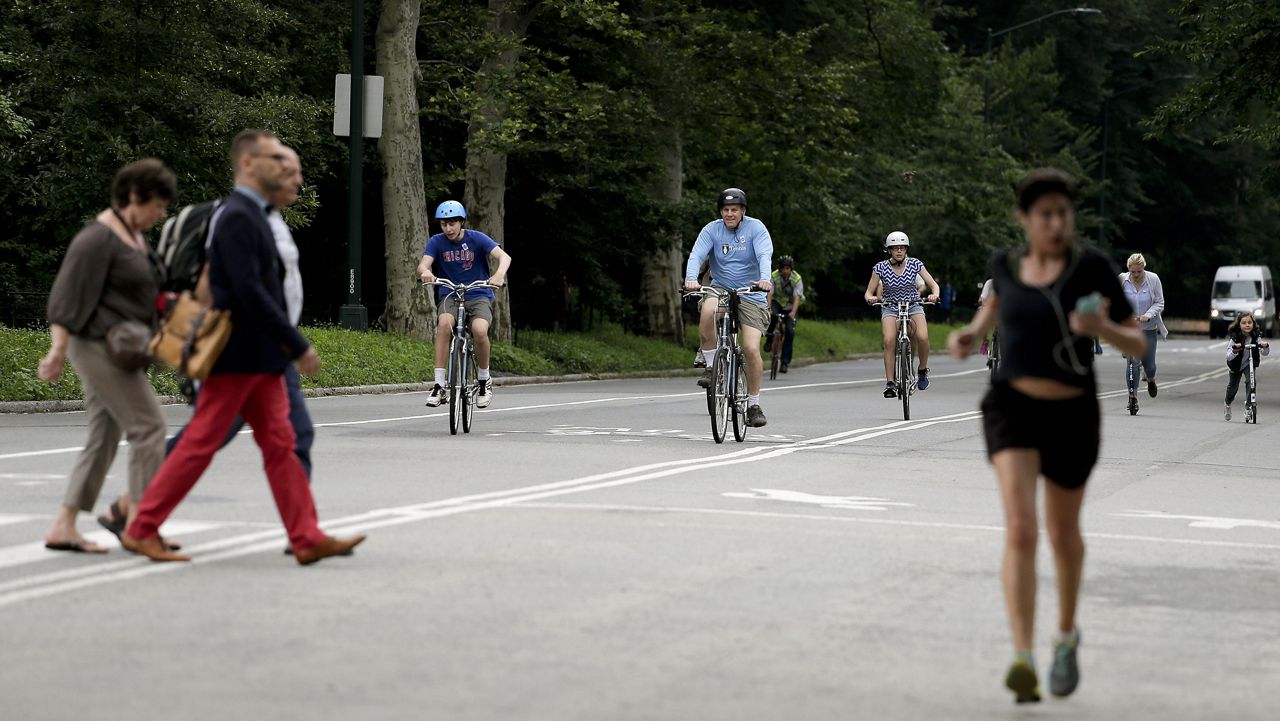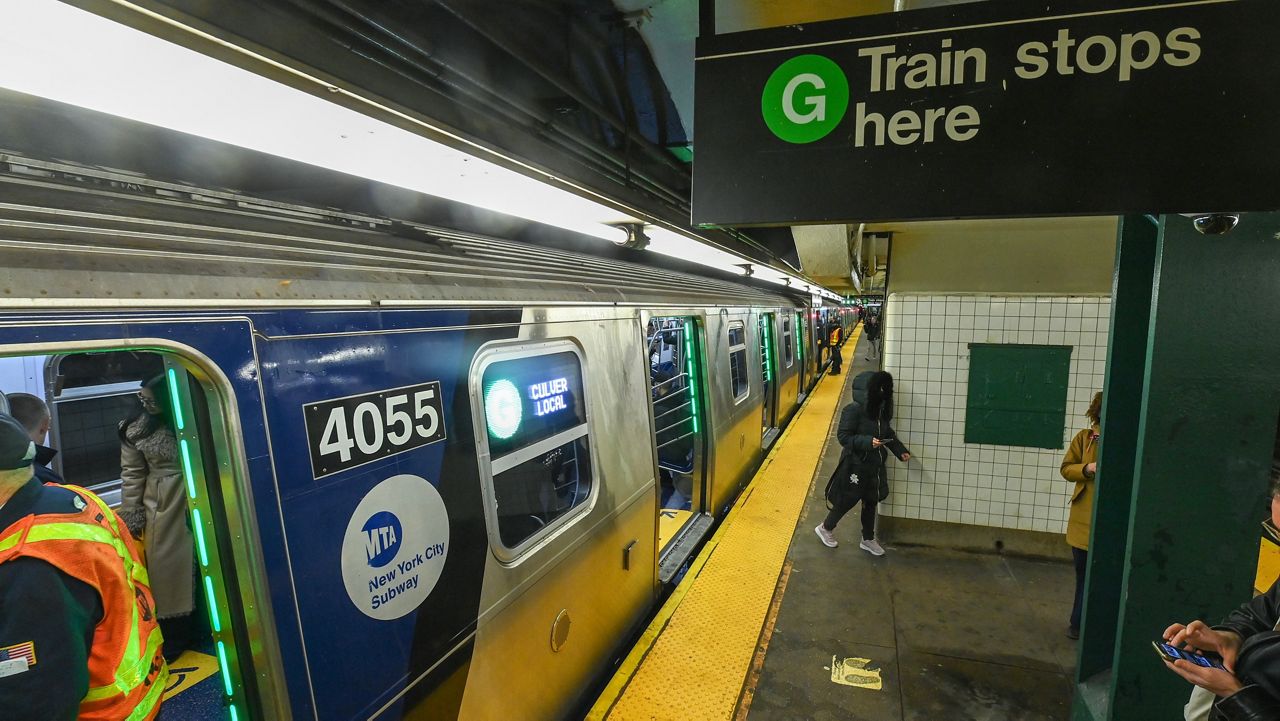After five fare increases in nine years, and another on the way in March, MTA commuters are weary of digging even deeper to pay for a ride.
"That 25 cents, that 50 cents, that adds up. A dollar a day, $300 a year — it's just going to continue to go up," one commuter said inside the Bowling Green subway station.
While those bumps have been frequent, they have not been all that large.
But now, MTA Chairman Joe Lhota is warning that steeper fare hikes and painful service cuts are not far down the track unless the agency gets new streams of money.
"Those are the very last things we need to do or want to do," Lhota said Wednesday. "But unless we get a sustainable new source of revenue, we have no other options."
Lhota sounded the alarm during an MTA Board meeting, invoking the massive service cuts that accompanied a 2009 fare increase.
The agency is already planning to reduce costs by, for example, cleaning fewer subway cars and closing some token booths at night.
But Lhota said those cuts will not be enough.
"You eventually reach a point of diminishing returns with this approach, and we may be fast approaching that point," Lhota said. "Because after you cut out fat, you then start to cut muscle and then unfortunately get to the bone, and when that happens, that results in service reductions."
The bleak assessment follows a stark warning by State Comptroller Tom DiNapoli about the MTA's growing mountain of debt and yawning budget shortfalls. That recent report said that the MTA is facing its greatest challenge in decades. Lhota was more blunt, saying the MTA's financial outlook is abysmal.
Contributing to the grim outlook are new projections that declining ridership and lower-than-expected tax receipts will cost the MTA $1.3 billion in anticipated revenue over the next five years.
Some transit advocates are hoping that tolling drivers entering the busiest parts of Manhattan would be a magic bullet to bail out the agency.
Lhota said no way: "Congestion pricing, even fully developed and completely implemented, will not be enough."
"If people are saying congestion pricing might bring in $1-and-a-half, $2 billion, that just buys them time," said Nicole Gelinas, a senior fellow at the Manhattan Institute. "They're going to need an increase in the payroll tax, an increase in the petroleum tax, an increase in some of the real estate taxes that they get."
And without that, the increase would likely fall on riders.
FURTHER TRANSIT READING
Manhattan Group Files Lawsuit to Stop L Train Shutdown
MTA to Add Trains to 7 Line During L Train Shutdown
The Political Fate of NYC Transit Repairs Appears to be Back to Square One









)